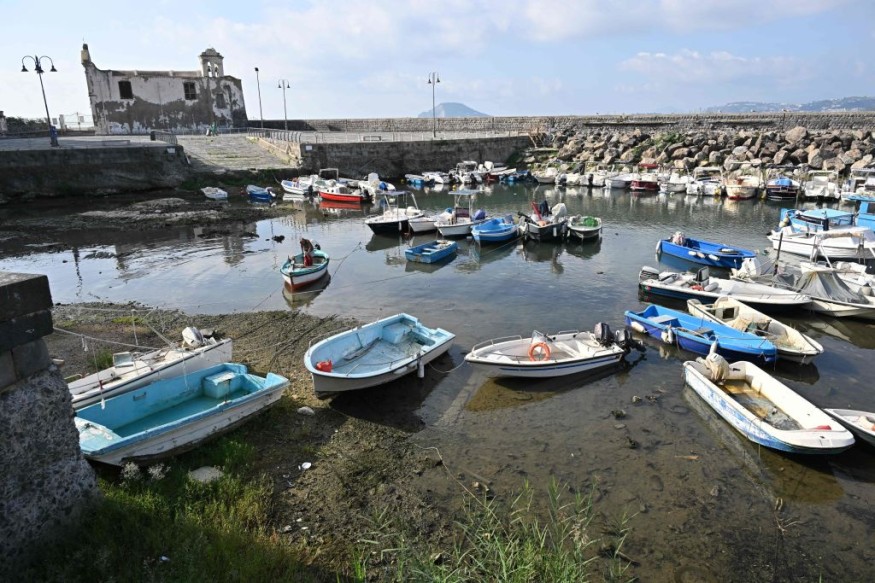
During the past three months, the city experienced 2,500 earthquakes, which caused the seabed to rise.
Pozzuoli, Italy: Three Months and 2500 Earthquakes
Pozzuoli, a charming Italian town in the Metropolitan City of Naples, has a deep-rooted history dating back to its establishment as the Greek colony of Dicaearchia in 531 BC. Over the centuries, it has been shaped by Greek, Samnite, and Roman influences, leaving an enduring cultural and architectural legacy.
Nestled on the Phlegrean Peninsula, Pozzuoli is home to ancient ruins, including the impressive Flavian Amphitheatre, the third-largest in Italy, and the Macellum, known as the Temple of Serapis, a testament to its vibrant ancient marketplaces and trade.
Yet, Pozzuoli's significance goes beyond history, as it rests upon the restless land.
Since August, it has experienced over 2,500 tremors, with a notable 4.2 magnitude quake on September 27--the most powerful in over four decades.
Experts fear a looming "seismic crisis," the first since the early 1980s.
While the major tremor didn't cause significant damage, it, along with the numerous smaller quakes, has left locals, like Annamaria Scardi, a mother of two teens, anxious. Conversations in stores and cafes have shifted from football and politics to the palpable fear stemming from a supervolcano triggering a series of earthquakes.
Leaving Home and The Rising Seabed
Scardi is worried even about the small quakes that keep them on edge. They know they should run, but where to? She said that the situation is unsettling.
Meanwhile, Vincenzo Russo is torn; he wants to stay, but his wife and children are house-hunting in Castel Volturno. Nightmares haunt him, as tremors disrupt his sleep unexpectedly.
Small and large quakes occur frequently, like the two minor ones yesterday.
In Pozzuoli, frequent earthquakes have raised the seabed, limiting access to the historic port for only the smallest boats. Averna, a local fisherman, laments the loss of diving spots for kids, now reduced to a patch of dirt and weeds by the shore.
Also Read : Can Animals Predict Earthquakes? Explaining Strange Animal Behavior Preceding Earthquakes
Nearby Historic Pompeii
Pozzuoli faces imminent danger due to its location atop the slumbering supervolcano, Campi Flegrei (Phlegraean Fields).
This volcanic area, dotted with craters and calderas, hosts geothermal features like fumaroles, hot springs, and mud pools. The persistent tremors stem from underground magma and fluid movements, inducing pressure and stress on surface rocks, a phenomenon known as bradyseism.
Bradyseism can cause ground fluctuations, destabilizing structures, and posing risks like landslides and tsunamis.
Campi Flegrei, perilously close to densely populated regions, is among the world's most hazardous volcanoes. Its eruptions, notably in 1538 forming Monte Nuovo, and a cataclysmic event 39,000 years ago, have impacted global climates.
Pozzuoli is located close to the famous Pompeii in Italy. Nearby Pompeii's fate serves as a stark reminder, buried beneath ash in 79 A.D. Scientists vigilantly monitor Campi Flegrei, utilizing seismometers, GPS, satellites, and gas measurements.
Their efforts aid in understanding the volcanic system's dynamics, predicting potential eruptions, and collaborating with authorities and communities to prepare for emergencies, including mass evacuations and humanitarian crises.
© 2025 NatureWorldNews.com All rights reserved. Do not reproduce without permission.





